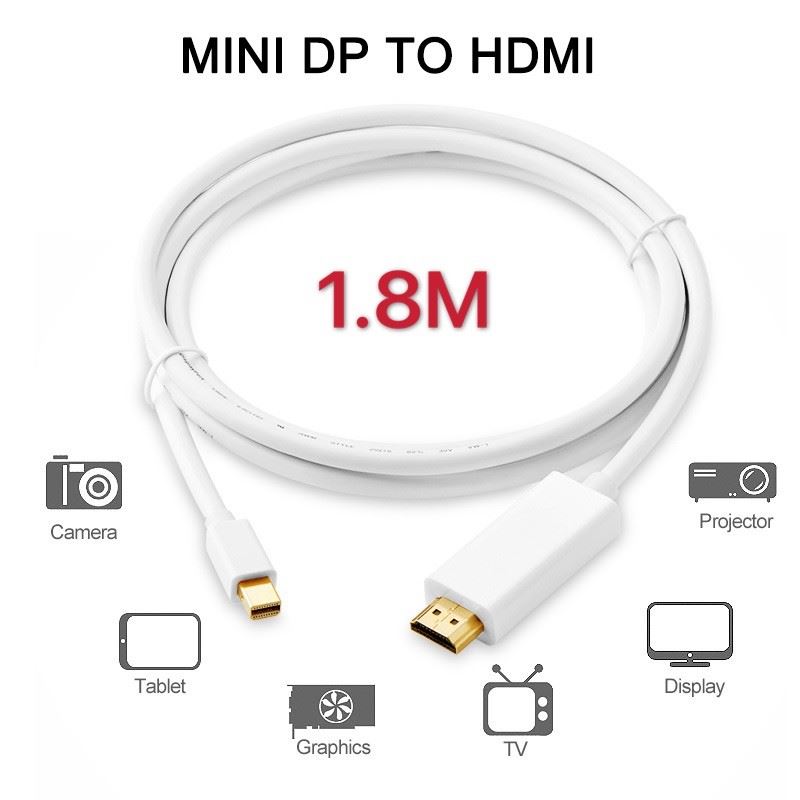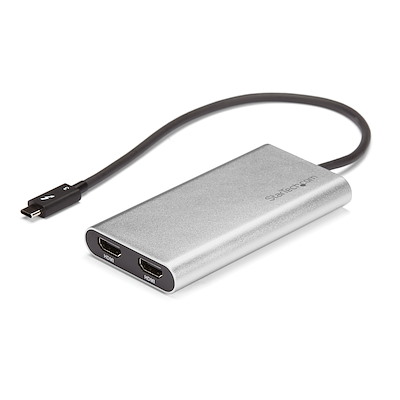

#HDMI CONVERTER CABLE FOR MAC PRO#
As the newer MacBooks, including the latest M1-powered MacBook Pro and MacBook Air, are equipped with just two or four Thunderbolts ports, depending upon the model, so, you’ll have to look for a dedicated adapter that can extend the capabilities and allow you to connect external devices. But, it’s hard to digest the fact that MacBook falls short on the legacy ports. Whether it’s graphics designing, content creation, setting up a small Work From Home station, or even your development projects, a MacBook can handle them all. MacBook is a powerful computer that’s designed to meet the high-performance demands of your everyday work. įor more information about which type of video signal converter you should use when you convert video signals with an MST hub, refer to the following FAQ. Examples of active converters include DVI-D to VGA, HDMI to DisplayPort, and VGA to HDMI converters.įor more information about passive and active DisplayPort video signal converters, refer to the following FAQ. Examples of passive converters include DVI-I to VGA, HDMI to DVI, and DisplayPort to Mini-DisplayPort converters.Īn active video signal converter modifies both the type of connection that is being used and the signal that passes through the converter. Because this type of conversion can be complex, active converters tend to be larger than passive video signal converters and sometimes require additional power. This is an active video signal converter.Ī passive video signal converter changes the type of connection that is being used but does not change the signal that passes through the converter. Because the video signal is not modified, passive converters tend to be smaller, simpler, and less expensive than active video signal converters. Note: In order for your setup to work properly, the video source, adapter, and destination all need to support the resolution that you are using. Test to make sure that the video source and video destination work together at the resolution that you want to use. Remove the video adapter from your setup and test to make sure that the video source and video destination work together without the video adapter. When you test the video source and video destination, it is recommended that you do the following: When you test your cables, it is recommended that you do the following: Ideally, you should test a component that you know works in another setup. Use a different cable, video adapter, video source, and video destination in your setup to see if the problem persists. Use the cable, video adapter, video source, and video destination in another setup to see if the problem is with the components or the setup. To test your setup components, try the following:

Video destination (such as a monitor or projector) Video source (such as a DVD player or computer) You can test to make sure that the following components are working correctly and are not the source of the issue:

When you troubleshoot issues with a video adapter, there are some quick tests that you can complete to rule out potential problems.


 0 kommentar(er)
0 kommentar(er)
